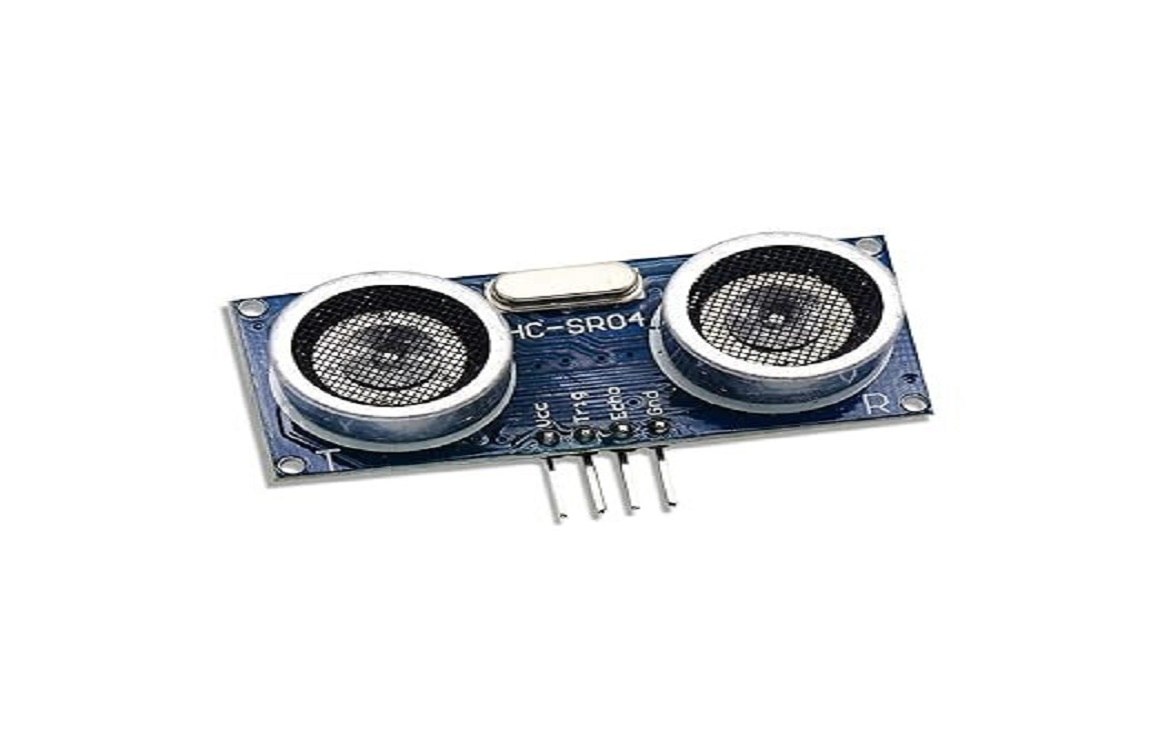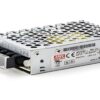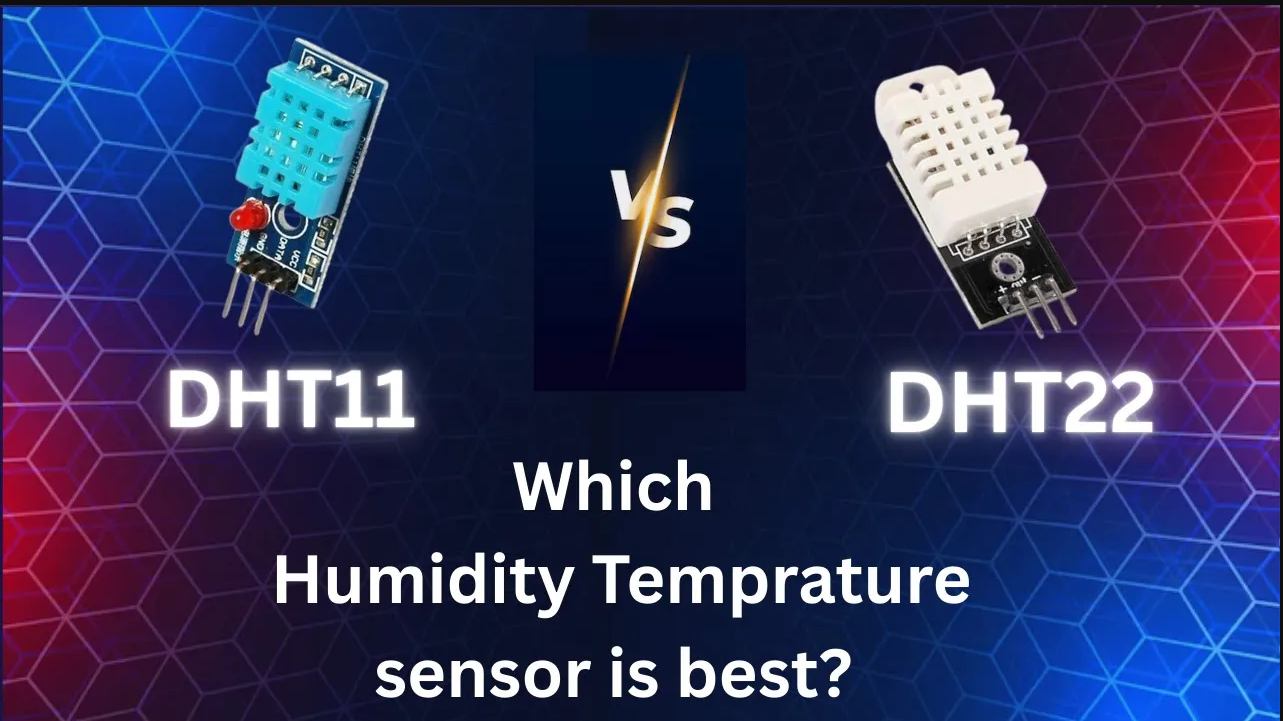
HC-SR04-MODULE-DISTANCE-MEAS-URING-TRANSDUCER-SENSOR-DC-5V-2
1. Introduction to the HC-SR04 Ultrasonic Distance Sensor
Content: The HC-SR04 is an ultrasonic distance sensor that uses sound waves to measure distances between 2 cm and 400 cm. This module is widely used in robotics, IoT applications, and DIY projects for obstacle detection and distance measurement. This blog will introduce readers to its main features, how it works, and why it’s a popular choice among makers.
Key Points:
- Overview of the HC-SR04 sensor
- How ultrasonic sensors work (sound waves and echoes)
- Basic specifications: range, accuracy, and power supply (5V DC)
- Common applications: obstacle avoidance in robots, distance measurement, etc.
2. How Does the HC-SR04 Sensor Work?
Content: Understanding how the HC-SR04 works is essential for integrating it into your projects. This blog will explain the core working principle of the sensor: sending out sound waves (ultrasonic pulses) and measuring the time it takes for the waves to return after bouncing off an object. This time is then used to calculate the distance between the sensor and the object.
Key Points:
- Breakdown of the echo-signal principle
- Explanation of how the sensor calculates distance
- The role of the trigger and echo pins
- Real-world examples of how the sensor is used to detect distances
3. Setting Up the HC-SR04 with Arduino
Content: One of the most common ways to use the HC-SR04 is with an Arduino microcontroller. This blog will guide readers through connecting the HC-SR04 sensor to an Arduino and writing a simple code to measure distance. The post will include a wiring diagram and step-by-step instructions.
Key Points:
- Required components: HC-SR04 sensor, Arduino, jumper wires, breadboard
- Wiring diagram (Trigger, Echo, VCC, GND)
- Simple Arduino code to get distance readings
- Explanation of the code and how it works
4. 5 Practical Projects Using the HC-SR04 Distance Sensor
Content: The HC-SR04 sensor can be used in many exciting projects. This blog will list five practical and fun projects where this sensor plays a central role. Each project idea will come with a brief description, including the components needed and a general explanation of how the sensor is used.
Key Points:
- Obstacle Avoidance Robot: Use the sensor for detecting obstacles and steering the robot away.
- Smart Parking Assistant: Install the sensor in a parking space to detect how close a car is to the wall or other vehicles.
- Water Level Detection: Measure the water level in a tank using the sensor placed above the water surface.
- Automated Door System: Use the sensor to detect when someone is near the door and automatically open it.
- Distance Measuring Tool: Create a handheld device that gives accurate distance measurements for DIY tasks.
5. Troubleshooting Common HC-SR04 Sensor Issues
Content: Like any electronic component, the HC-SR04 sensor may run into issues that can disrupt your project. This blog will focus on common problems such as inaccurate readings, connection issues, and interference, and will provide solutions to help users troubleshoot these problems effectively.
Key Points:
- Inaccurate distance readings: Causes and solutions
- Dealing with noise and interference in readings
- Checking connections and soldering issues
- How to ensure proper power supply and ground connections
- Testing the sensor with simple diagnostic codes
6. Why Choose the HC-SR04 for Your DIY Projects?
Content: The HC-SR04 sensor is known for its reliability, affordability, and versatility, making it an excellent choice for DIY electronics enthusiasts. This blog will compare the HC-SR04 with other distance sensors (like infrared and laser sensors) and discuss why it’s a great fit for various projects, from hobbyist to professional-grade builds.
Key Points:
- Key advantages of the HC-SR04: price, range, and ease of use
- Comparing the HC-SR04 with infrared and laser distance sensors
- Real-world applications where the HC-SR04 excels
- Limitations of the sensor and when you might need a different type
7. Using Multiple HC-SR04 Sensors in a Single Project
Content: In complex projects like obstacle avoidance systems or automated surveillance, multiple HC-SR04 sensors might be necessary. This blog will explain how to set up multiple HC-SR04 sensors on a single microcontroller, ensuring that they don’t interfere with each other. It will cover techniques like multiplexing and using different trigger timings.
Key Points:
- How to connect multiple HC-SR04 sensors to a single microcontroller
- Preventing interference between sensors
- Tips on using different trigger times to ensure accuracy
- Example project: Using multiple sensors for 360-degree obstacle detection in a robot
8. Extending the Range of the HC-SR04: Is It Possible?
Content: The HC-SR04 has a range of about 400 cm (4 meters), but what if your project requires more range? This blog will explore whether it’s possible to extend the range of the sensor and what alternatives you might use if the HC-SR04’s range is insufficient. It will also look at techniques for optimizing the sensor’s performance within its natural range.
Key Points:
- Understanding the HC-SR04’s range limits
- Tips for optimizing the sensor’s range in various conditions
- How environmental factors like temperature and surface material affect range
- Alternatives to the HC-SR04 for long-range distance measurement
Conclusion
The HC-SR04 ultrasonic sensor is a powerful yet affordable tool for measuring distances in DIY projects. Whether you’re building robots, automating your home, or experimenting with IoT, this sensor provides a reliable solution for distance measurement. Through these blog posts, you’ll help your readers understand its features, set it up, and explore exciting projects that can be created using the HC-SR04.





